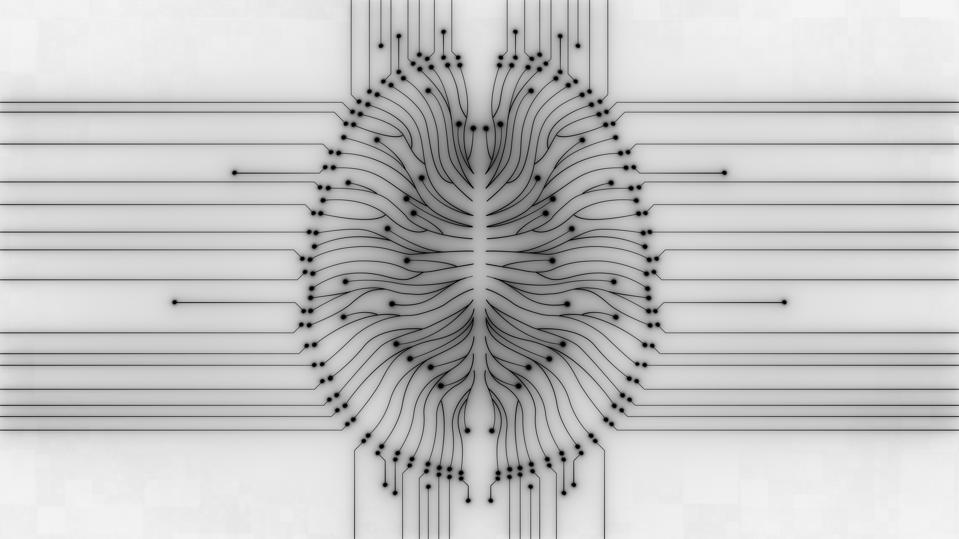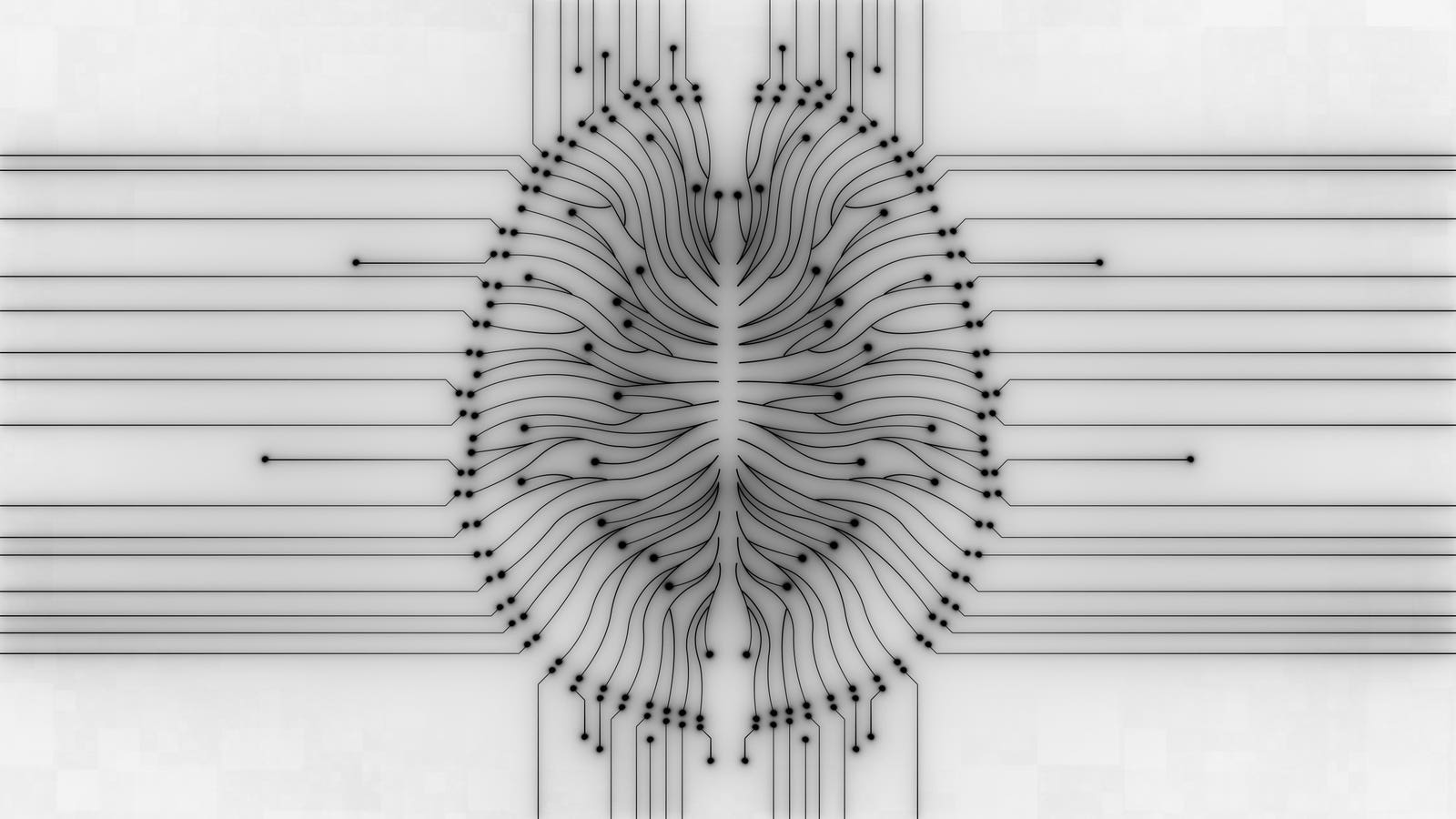
For decades, scientists have tried to build electronics that behave like the brain. The idea is called neuromorphic computing in which chips are designed to copy the way our brain’s neurons fire and connect, instead of relying on today’s standard processors. The promise is huge. Computers that think more like us, but with far less power. The problem is that artificial neurons don’t talk at the same voltage levels as real ones, and this limits their ability.
A team at the University of Massachusetts Amherst may have closed that gap. Their artificial neurons now fire in the same voltage range as living cells, using only picojoules of energy per spike. The results, published in Nature Communications, show that silicon and biology can finally speak the same electrical language.
Microbe Nanowires vs. Silicon
At the core of the UMass device is a memristor, a component that “remembers” electrical states. Instead of silicon, the team built it with protein nanowires harvested from a bacterium called Geobacter Sulfurreducens. These nanowires naturally move charges at low voltages.
The UMass approach is very different from what tech giants are building. Intel’s Loihi chip and IBM’s TrueNorth are neuromorphic platforms built entirely from silicon. They simulate neurons with thousands of transistors, but they still fire at voltages much higher than biology. UMass uses a shortcut.
The missing piece came two years ago when graduate student Shuai Fu connected the nanowire memristor to a simple RC circuit that mimics the way real neurons charge and discharge.
“At that time, we didn’t have too much clue how we may use that to construct an artificial neuron,” recalls Jun Yao, researchers and Associate Professor in the Department of Electrical and Computer Engineering, Institute for Applied Life Sciences at University of Massachusetts, Amherst.
The result of this effort is repeatable voltage spikes, not one-time bursts. In practice, that means one artificial neuron can trigger the next, just like in the brain.
The design can be built with standard CMOS processes, the same used in chip factories. That makes it different from exotic quantum or photonic devices that need custom setups. But scaling remains tricky. Protein nanowires must be grown by bacteria, purified, and placed on chips. Yao’s group has done this for energy-harvesting devices, but industrial-scale consistency is unproven.
By comparison, Intel and IBM can fabricate millions of silicon neurons with ease, but they can’t yet match biology’s voltage range. UMass has flipped that equation with biological fidelity in voltage and energy, but with tougher materials challenges.
Energy That Matches Biology
The device can fire at just a few picojoules per spike. This is very similar to biological neurons that typically use 0.3–100 picojoules. The overlap is direct, not theoretical. Measurements from circuit voltages and currents back up the claim.
That efficiency is why neuromorphic computing excites companies like Intel, IBM, and startups such as BrainChip. Brains run on just about 20 watts of energy while a data center burns megawatts for the same tasks.
But Yao warns that energy isn’t the full story. “It’s not only about the energy in a single artificial neuron that matters. It’s also about getting them connected in the network in a similar way. We are not there yet.”
Unlike existing commercial neuromorphic chips, which rely purely on electronic signals, the UMass neurons can also respond to chemistry. The team integrated sodium and dopamine sensors into the circuits. Sodium levels steadily boosted firing frequency. Dopamine caused an “ambipolar effect” in which firing increased at low concentrations and fell at higher ones.
That’s what our biology does. Our neurons adjust their firing based on chemical signals. UMass showed it’s possible in hardware, though only for a limited set of molecules so far. Broader sensing will need new surface treatments.
The group also proved the neuron can connect with living tissue. When they linked it to heart cells in a dish, the artificial neuron stayed quiet at the cells’ normal beat (0.4 Hz). After norepinephrine sped up the cells (0.6 Hz), the artificial neuron fired in sync.
“Currently, the hurdle is we don’t have the capability to capture the full-amplitude neuron signal. This is a known challenge in the biosensing field,” Yao says. The artificial neuron can process the signals. The bottleneck lies in the sensors that pick them up.
The device shows small variations in firing, just like real neurons. Some researchers see randomness as a plus for probabilistic computing. Others see it as noise to be managed. UMass found that variability dropped at higher firing rates, echoing biological behavior. Whether that’s useful in machine learning depends on the system design.
The Road Ahead
For now, the clearest applications aren’t brain-computer interfaces or superhuman AI. They’re niche biosensing platforms such as medical diagnostics, drug screening and toxicity tests where a few artificial neurons can interpret cell signals directly.
Where will things head in the next 10 years?
“Ten years can give us too much surprise,” explains Yao. “Consider 10 years ago, we would have never imaged AI like ChatGPT. So I would carry the grand hope and belief that anything’s possible, why not?”

